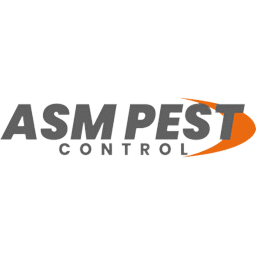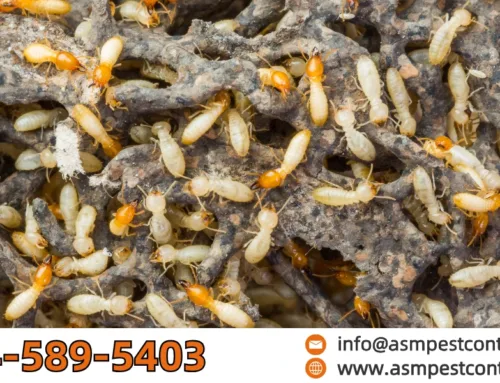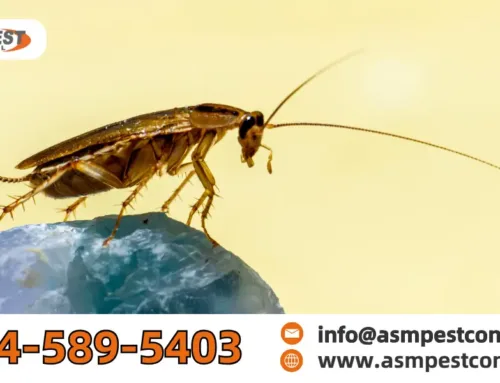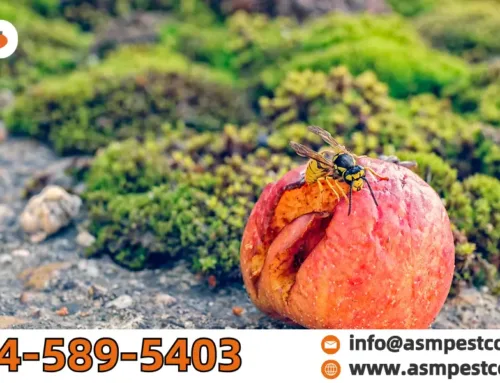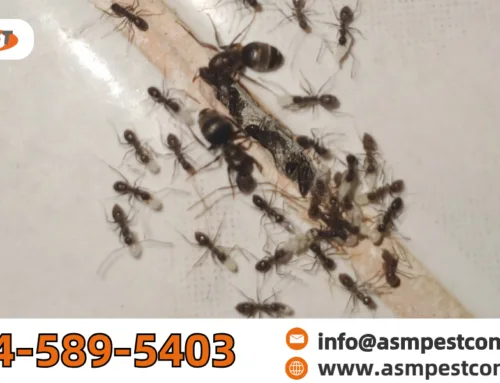Wasps are more likely to infest your home in late summers in October. Wasps rarely sting or bite unless they are touched, disturbed, scared, or injured. Most wasps like yellow jackets, and hornets, on the other hand, are vicious and will repeatedly sting if disturbed.
While you can get rid of wasps, hornets, and yellow jackets on your own, keep in mind that they can be harmful, especially in large groups, so if you’re unsure, call a professional for wasp nest removal. Naturally, if you are allergic to wasp or bee stings, you should take precautions and seek medical assistance. If you’re confident enough to handle your problem, keep reading for removal tips.
Types of Wasps:
The sting of wasps and hornets is a reason to be afraid. Many wasps can be aggressive, and their stings may cause extreme agony. Although they may have different nesting patterns, all four types of wasps are capable of infesting your house, parking, or shed, as well as other buildings.
1. Hornets
Hornets are a big group of wasps that live in different colonies. They build their nests out of paper. They primarily reside on trees, plants, buildings and sometimes build nests near human-occupied areas such as houses, garages, and sheds. Wasp will defend their nest with the same care as yellow jackets. Wasp will pursue their target across long distances to sting them. They are highly aggressive and can sting multiple times, which is intolerable.
2. Yellow Jackets
Yellow jacket is wasps that live in social colonies. Their bodies are bullet-shaped, with yellow and black bands circling their abdomens. As they are attracted to human garbage, they scavenge trash cans and meals. Yellow jackets are aggressive and can sting more than once. Yellow jackets build their nests in the ground, buildings, trees, and shrubs, among others. You can find their nest in underground holes, soffits and eaves, vents, behind shutters, or wall voids within homes and buildings. The size of a nest can vary from an orange to a football. A yellow jacket colony can grow to 5,000 individuals in a single season.
3. Paper Wasps
Most paper wasps are either dark brown or darker and have yellow or red spots. Paper wasps will not attack unless their nest is disturbed. Paper wasps build umbrella-like nests of paper with hexagon-shaped, open cells that are visible from the bottom. They nest in safe places, such as under gutters and eaves and attics, sheds, and shelters.
4. Mud Dauber Wasp
Mud daubers are wasps that develop their nests from mud, and there are many species of mud daubers like organ pipe mud daggers, blue mud daubers, black mud daubers, and yellow mud daubers. The body of a mud dauber is “thread-waist,” meaning that a long narrow section separates the abdomen and thorax. Mud daubers have clear or dark wings.
Tips for Wasp Sting Prevention:
- Take out any food, drinks, or trash lying on the floor.
- Avoid brightly colored clothing and scents.
- Keep your home, garage, attic, and garbage cans clean.
- Closed-toe shoes are best to avoid getting stepped on by hornets or wasps.
- Don’t drink anything from a can on the street.
- Look for wasps in the work area before using grass trimmers, lawnmowers, chain saws, and other power tools. Wasps typically bite when a person accidentally strikes a nest while mowing the grass or trimming shrubs.
- Try to stay still until a hornet or wasp comes towards you. Avoid harassing wasps or going near them. They will be more likely to sting you if you harass them.
A Guide to Wasp Nest Removal
- Keep in mind that wasp killers kill on touch, so you’ll only get rid of the wasps you spray.
- Carefully follow the instructions.
- Put on your safety gear.
- When spraying pesticides, don’t stand under the nest.
- During the day, when paper wasps are constantly flying into and out of nests, do not take away an active nest of wasps.
- When you take the nest off and inspect it the following day, see if there was any evidence of wasps activity. Wasps that were not in the nest before the spraying might be back.
If you are not able to remove pests on your own, contact ASM Pest Control.
